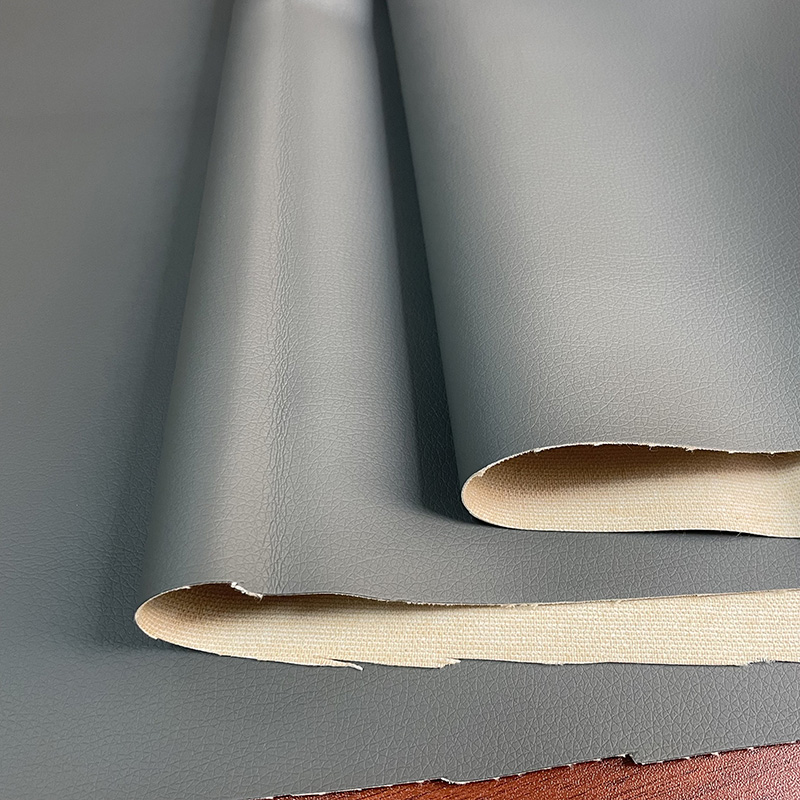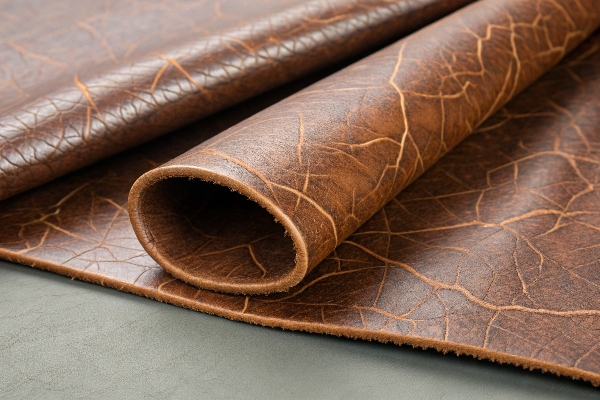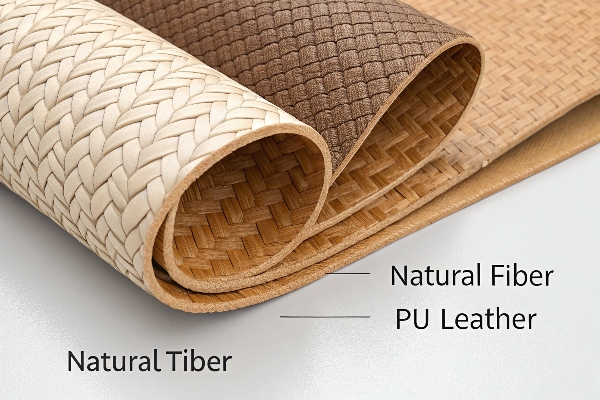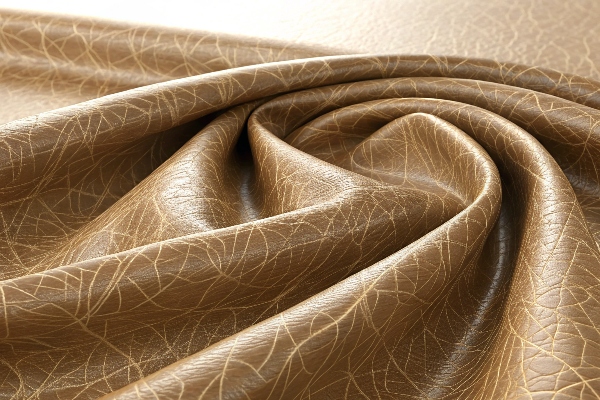I meet buyers who feel lost when material samples all look alike but price tags jump wildly.
Genuine leather is animal hide tanned for use; artificial leather is a man-made surface, often PVC, PU, or microfiber, engineered to copy the look and feel while cutting cost and weight.

You want clear facts before you choose. I will compare real hide with three common synthetics, show touch tests, and share true cost stories from my own orders. Read on and pick with confidence.
What is the difference between genuine leather and PVC leather?
A wallet that smells “plastic” worries shoppers, yet cheap booths still label it “leather” and pocket the margin.
Genuine leather is porous and breathable; PVC leather is a vinyl film on fabric, heavier, less flexible, and can crack with age or cold.

Touch, wear, and cost—side-by-side
| Feature | Genuine Leather | PVC Leather |
|---|---|---|
| Source | Animal hide | Polyvinyl chloride on textile |
| Breathability | High—pores let air pass | Low—sealed surface |
| Smell | Natural, earthy | Plastic, sometimes chemical |
| Aging | Patinas, stays supple | Can crack or peel |
| Weight | Moderate | Heavier due to thick film |
| Cost | Highest | Lowest |
Real world note
I once helped a Middle East sofa maker swap PVC for split cowhide on high-end models. Returns dropped 30 %. Yet, for kid-proof café seats, PVC still wins with wipe-clean ease. Balance needs with budget and care plans.
What is the difference between genuine leather and PU leather?
Clients love PU for sporty seats, but some expect it to behave like full-grain hide and end up upset.
Genuine leather has natural fibers woven through the thickness; PU leather has a polyurethane coating on fabric, lighter, softer than PVC, but less durable than hide under heat and sweat.

Breathability, look, and eco score
Structure layers
- Animal hide: grain, corium, flesh.
- PU: base fabric, foam coat, PU skin.
| Test | Genuine Leather | PU Leather |
|---|---|---|
| Needle scratch | Shows scar but recovers | Permanent line |
| Water drop | Absorbs slowly, dark spot | Beads on top |
| Heat aging | Darkens, keeps shape | May hydrolyze, peel |
| VOC smell | Low after tanning | Low to medium, depending on solvent-free tech |
| Price | $$$ | $$ |
Field note
A European car seat buyer chose solvent-free PU from my line, meeting REACH limits while saving 25 % weight over hide. He now markets “vegan comfort” and sells faster. For classic luxury though, nothing replaces the depth of real grain. Match story to audience.
What is the difference between genuine leather and microfiber leather?
When I hand both materials to designers with eyes closed, half cannot tell which is which.
Genuine leather relies on nature’s fiber web; microfiber leather is a three-dimensional non-woven of ultra-fine nylon or PU, coated with water-based PU, delivering near-hide strength and luxury minus animal origin.

Strength, feel, and sustainability lens
Layer breakdown
- Microfiber base: entangled micro-nylon, impregnated with PU.
- Finish coat: embossed grain, water-based dye.
| Aspect | Genuine Leather | Microfiber Leather |
|---|---|---|
| Tear strength | High, varies by cut | Equal or higher, uniform |
| Breathability | Natural pores | Engineered micro-porous |
| Consistency | Each hide unique | Rolls are uniform |
| Animal-free | No | Yes |
| Recycling | Biodegradable when untreated | Possible mechanical recycle |
| Price | $$$ | $$ to $$$ (high-end) |
Insider story
A vegan sneaker brand asked me for leather-like uppers that pass 100,000 flex cycles. We picked microfiber. The launch sold out in two weeks, and no cow was involved. Still, heritage boot makers stick with hide for that centuries-old narrative. Decide which future you sell.
Conclusion
Real hide breathes history; synthetics offer control, cost, and conscience. Match material to purpose, budget, and brand story, then your product will speak for itself.
